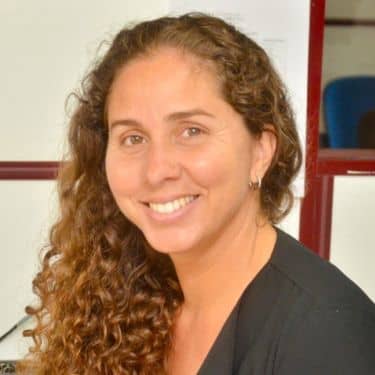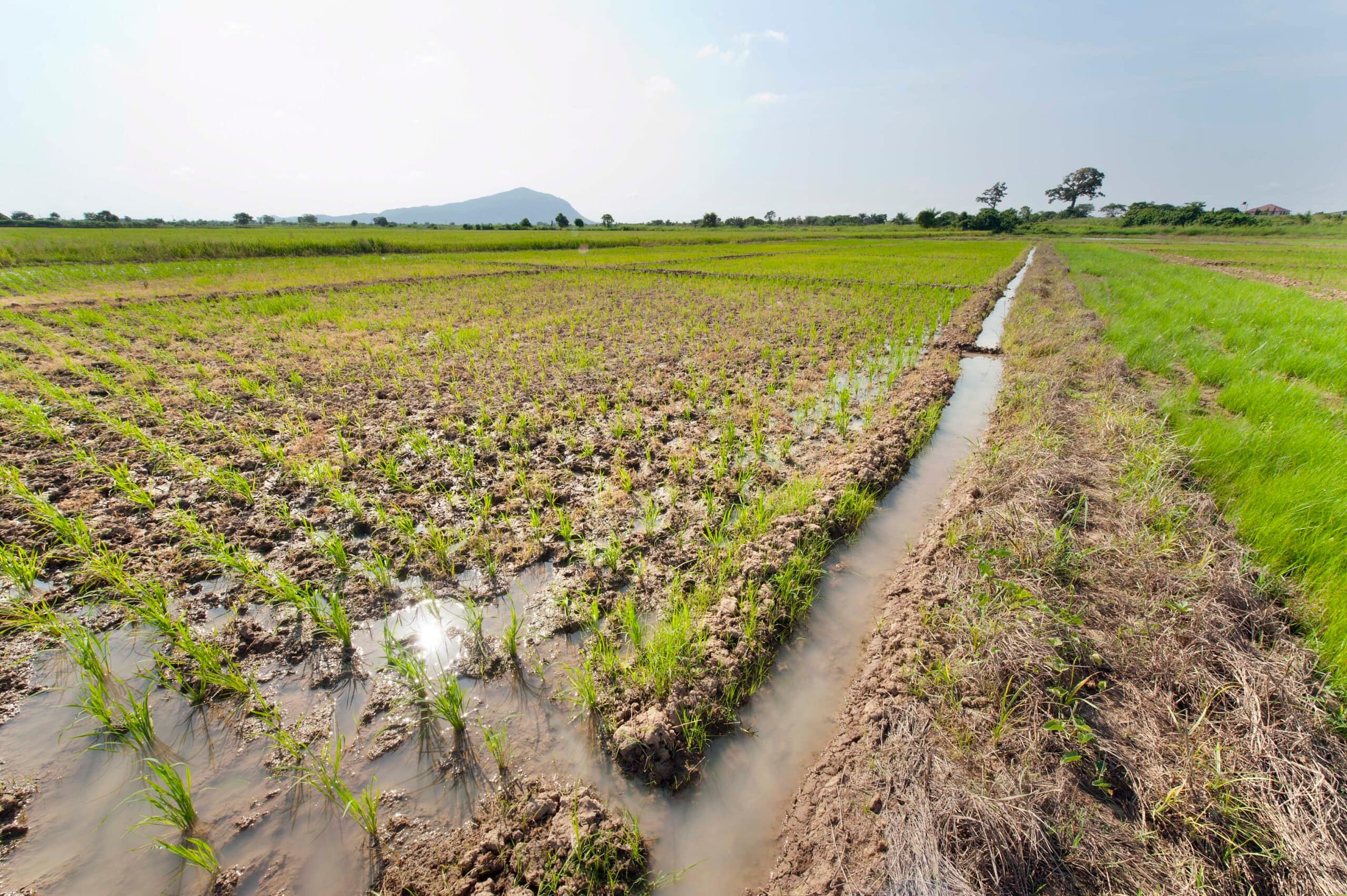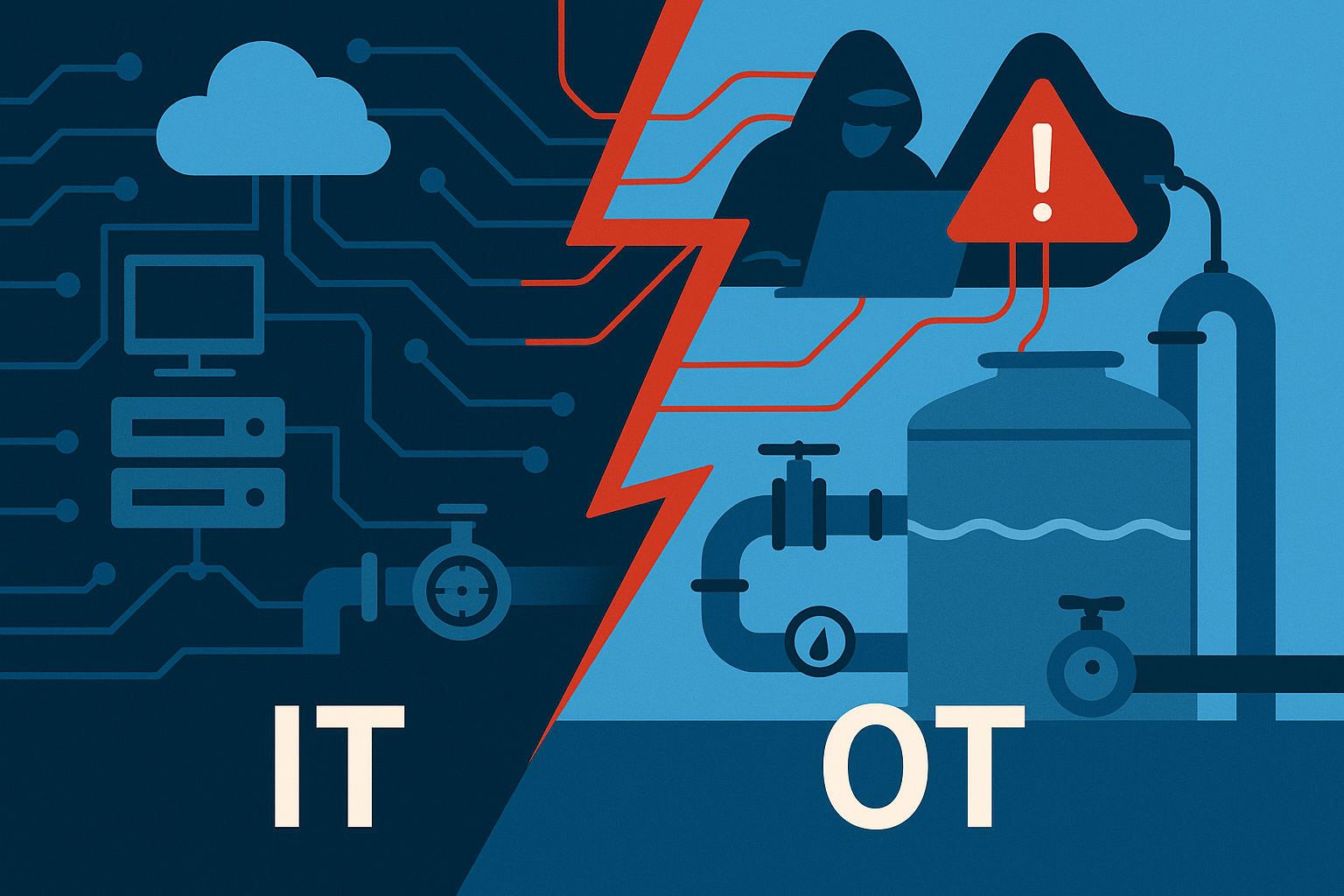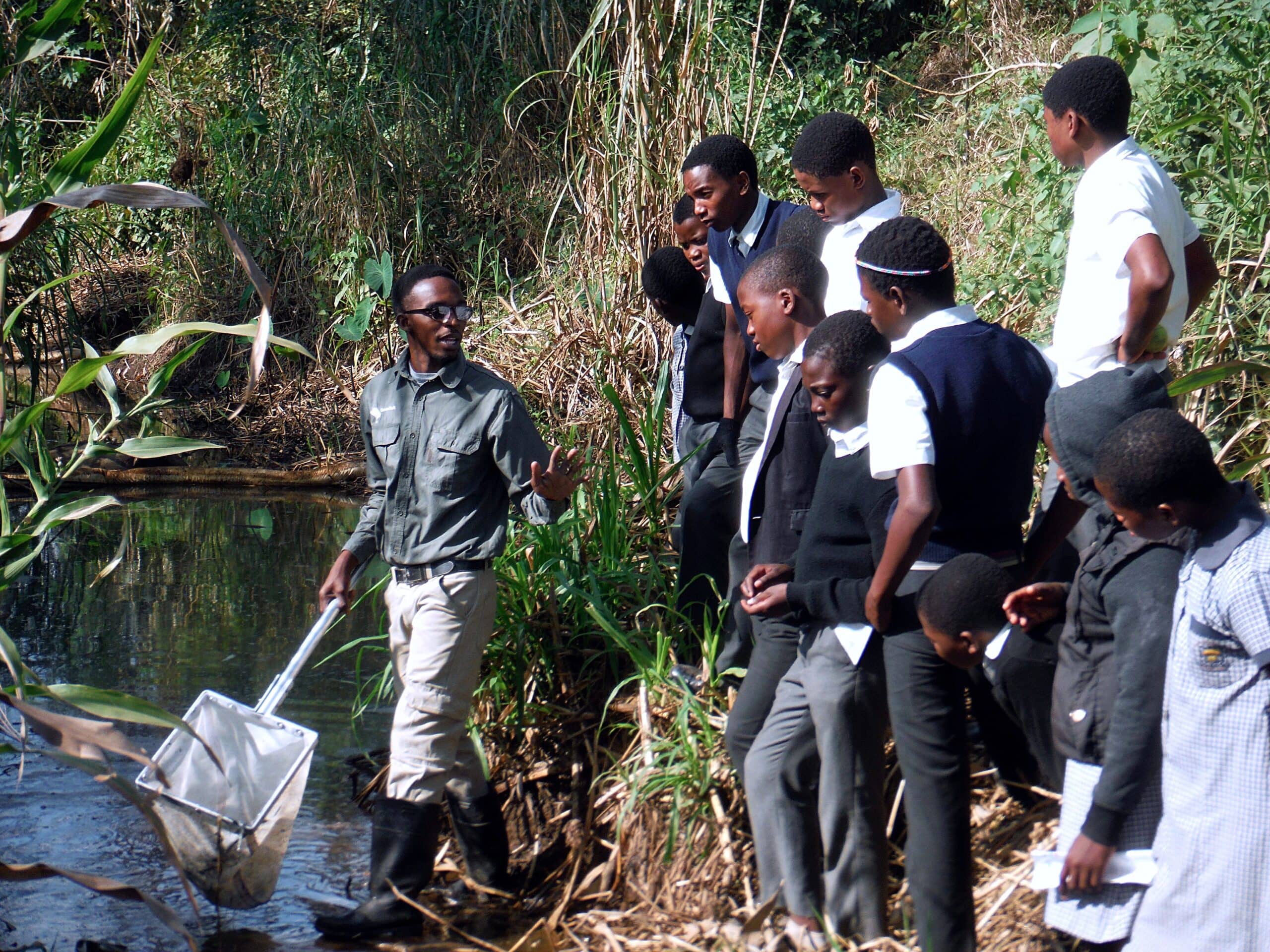Water futures data and analytics
IWMI harnesses AI, advanced analytics and digital technologies to confront pressing challenges like water scarcity and climate risks. Its mission centers on enhancing water management and building resilience by equipping decision-makers with cutting-edge tools such as digital twins, remote sensing technologies and advanced AI methods. These innovations improve forecasting, bridge data gaps and enable real-time monitoring, particularly in climate-vulnerable and transboundary water systems, ensuring sustainable access for future generations.
IWMI drives innovation through AI-powered water management solutions and advanced data processing. Researchers integrate Big Data and Internet of Things (IoT) solutions to map water resources with precision and to support river basin management. To address water security, IWMI develops sustainable infrastructure technologies that optimize resource allocation and mitigate risks, while its inclusive water data ecosystems enhance governance transparency. By blending citizen science with digital platforms, it creates FAIR data frameworks that empower proactive decision-making and foster global partnerships for scalable impact.
Additionally, IWMI prioritizes accessibility by offering inclusive digital tools and community-driven platforms, ensuring marginalized groups gain critical water information and participate equitably. Through stakeholder collaboration and trustworthy AI, it tests emerging technologies like generative AI in diverse scenarios, aiming to bridge the digital divide. Its efforts shape a future where water management is smarter, more resilient, and inclusive for all.







